Waldorf News
Celebrate Easter Naturally: Dyeing Eggs with Plants and Spices
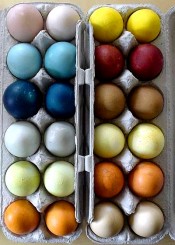
Easter Eggs with Natural Dyes
“Years ago, my then gardener Jody Main, taught me how to make beautiful Easter Eggs using natural dyes. It was wonderful, I no longer had to buy those crazy little kits with the artificial bright colors; further, I could use what I have in my garden or in my pantry. Jody was well versed in the history of Easter Egg dying, and of course, after I thought about it, it became obvious that for hundreds of years families had only used natural dyes.
After many years of dying eggs Jody simplified the process to only use three dying materials: raw beets, yellow onionskins, and frozen blueberries. With these basic reds, yellows, and blues you can combine the dyes in varying amounts to make just about any color in the rainbow. And all the dyed eggs shown here were made using only these three materials.” -from “Easter Eggs with Natural Dyes”
How to Make Super-Groovy All-Natural Easter Eggs
Next, take the kids outside to gather a variety of leaves and blossoms, ones small enough to fit on an egg. My favorite turned out to be grape hyacinth blossoms, but just about anything will work. The more highly defined the leaf or bloom the better – dandelions, for example, don’t work as well as daisies.
Once you’ve gathered a good selection, bring everything inside and lay it out. Take some old pantyhose and cut them into 4-inch strips.
“Place your leaves and flowers one by one on an egg (some things stick better if you dip them in water first). Take a strip of pantyhose, place the egg on it, then pull the hose tightly, making sure everything is still in place, and secure it with a twist tie or a piece of string, trimming off excess hose. Do this for all of the eggs, letting the kids place the vegetation on while you tie up the covered eggs.” -from “How to Make Super-Groovy All-Natural Easter Eggs”
Naturally Dyed Eggs
“One of the treats of spring is dyeing eggs. Most of us probably remember hunkering over the stovetop, preparing a pot of boiling eggs for their dunk in the bowls of rainbow-colored vinegar water. The results were gorgeous, gaudy Easter eggs in neon green, fluorescent pink and sky blue.
Dyeing eggs with natural dyes is equally as memorable as dyeing with chemical dyes, however natural dyes give eggs a much more subtle, but nonetheless gorgeous, coloring. Dyeing with natural dyes may be even more memorable for children because the warm colors come from materials they’re familiar with in their day-to-day lives; red and yellow onion skins, beets, turmeric, red cabbage, and coffee to name a few.
There are two approaches: the cold method and the boiled method. Both yield beautiful results, though the eggs prepared with the cold method are colored pale and subtle pastels, and the boiled method, more intense pastels.
One of the treats of spring is dyeing eggs. Most of us probably remember hunkering over the stovetop, preparing a pot of boiling eggs for their dunk in the bowls of rainbow-colored vinegar water. The results were gorgeous, gaudy Easter eggs in neon green, fluorescent pink and sky blue.” -from “Naturally Dyed Eggs”
Natural Dyed Easter Eggs
“Aimee came over today with (chicken) eggs that she dyed using natural dyes, and I have never been so impressed with colored eggs before. I no longer see the point of buying artificial colors to do this, especially since reading about the health hazards potentially associated with them. Supposedly some people don’t even eat their dyed eggs, which I think is a crazy silly waste-especially since the egg actually turns pretty colors too, which I love. These eggs are more brilliantly colored and you can feel good about eating them, because the dyes are made using items such as red cabbage (the blue- can you believe it!) and turmeric. Since Easter happens to fall on the same weekend as Earth Day this year, we figured this would be a great way to celebrate both in one fell swoop. Even better if you can get local eggs too.” -from “Natural Dyed Easter Eggs”
Natural Dyed Easter Eggs
“I decided to try my hand at making Easter Eggs using only natural ingredients this year. I pulled food and spices out of the cabinet and fridge and got busy trying different things to see what works and what doesn’t.
I remember my mom and grandma using red onion skins to dye eggs when I was child, but I don’t remember how they dyed the eggs using them. A little research and I had an idea of how to go about dyeing the eggs using natural ingredients.” -from “Natural Dyed Easter Eggs”
Natural Easter Egg Dyes
“Appreciate the vivid colors and natural beauty of fruits, vegetables and spices: dye your Easter eggs with everyday foods rather than boxes of chemical colorings. This is a great family project and learning experience. Though it will take a little more planning than your basic Easter egg dye box, I think you will find the extra time well worth it. Even though I’m a grown-up, I felt a child-like excitement watching the eggs turn colors in bowls of cabbage, spinach, blueberries and more!
With some of the dyes, it is best to boil the eggs with the natural substance to achieve the most vibrant color. I have indicated these below with an asterisk. With others, you can hard-boil the eggs first and then soak them in the respective natural dye.
For more vibrant colors, place the sealed containers of natural dyes in the refrigerator and let the cooked eggs soak overnight. Adding vinegar to the boiling water will also help make the colors brighter. (One exception is with onion skins; do not add vinegar to the onion skins.) If you want shiny eggs, rub them with some vegetable oil once the dye is dry.” -from “Natural Easter Egg Dyes – Itsy Bitsy Foodies”
When I compiled a list of natural Easter egg dyes to try with my kids years ago, hibiscus was said to make a beautiful pink. However, when I actually tested it the egg turned dark green. Oops. Some of the other suggestions didn’t work at all, and some were just meh. (I’m looking at you lemon peels.)
That’s why after experimenting with everything from carrots to raspberries and grape juice, I’ve compiled a list of ingredients that consistently yield beautiful, vibrant colors. You’ll find them below along with the specific recipes I used.
Also, when the hunt is over, you can use the eggs to make this homestyle potato salad recipe with bacon and egg.
But first, you might be wondering . . .
Why not use food coloring?
When I was a kid, I vividly remember eating hard boiled eggs that were blue, red, and yellow. The dye tabs we’d used weren’t intended to soak through, but they did, and that’s just one of the reasons I choose a natural approach.
- As covered in this post, food dyes have been linked to attention and behavioral problems in children, certain types of cancer, and other problems.
- The U.S. isn’t as stringent as Europe in regulating food dyes. They require foods which contain dyes to come with warning labels and have banned many of the ones that are still in use within the United States.
- Some children are sensitive to extremely small amounts of food dye.
If you’d like to take a deep dive into the health effects of each individual dye, I recommend the Center for Science in the Public Interest’s 68 page report, Food Dyes: A Rainbow of Risks.
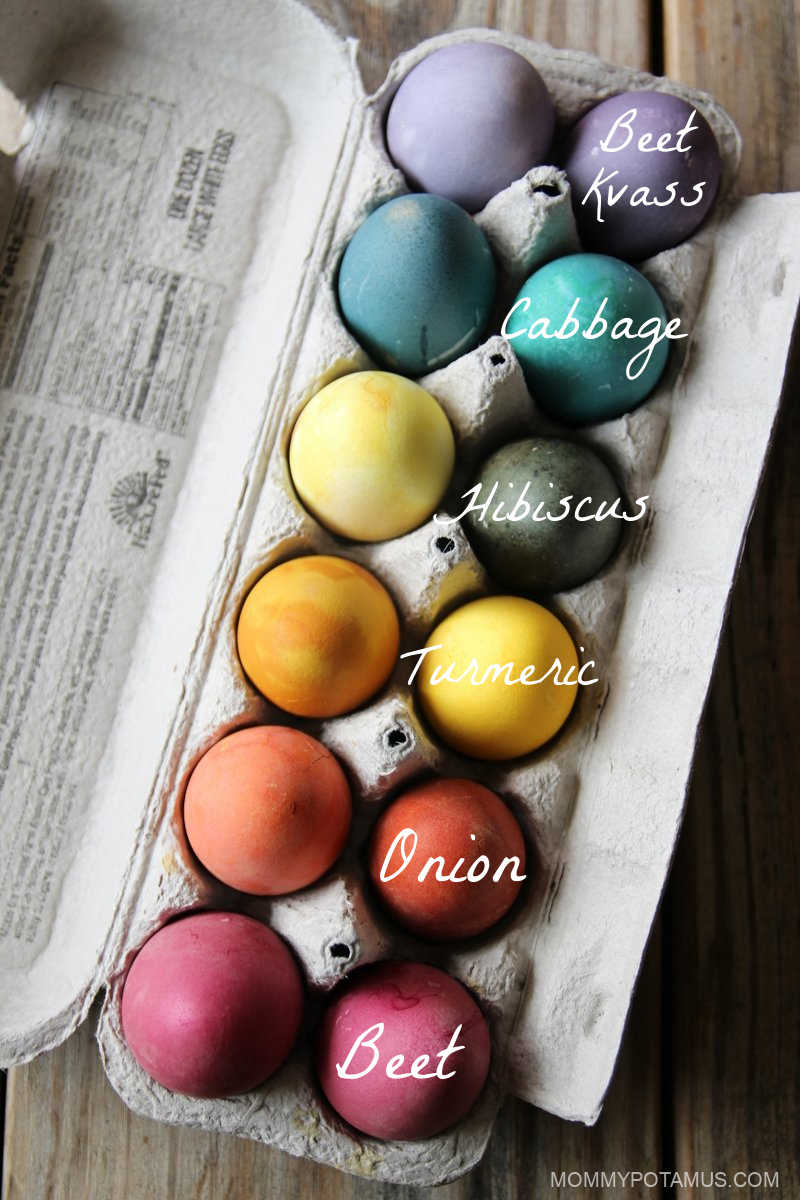
How To Dye Easter Eggs Naturally
Below you’ll find my approach for creating beautiful, vibrant colors using everyday ingredients. The instructions are divided into three sections:
- Individual recipes for different colors of dye
- My three step-process for coloring Easter eggs, which includes how to make the dye, how to prepare the eggs, and instructions for using the dye
- Answers to frequently asked questions
- Where to buy natural Easter egg dye if you don’t want to make your own
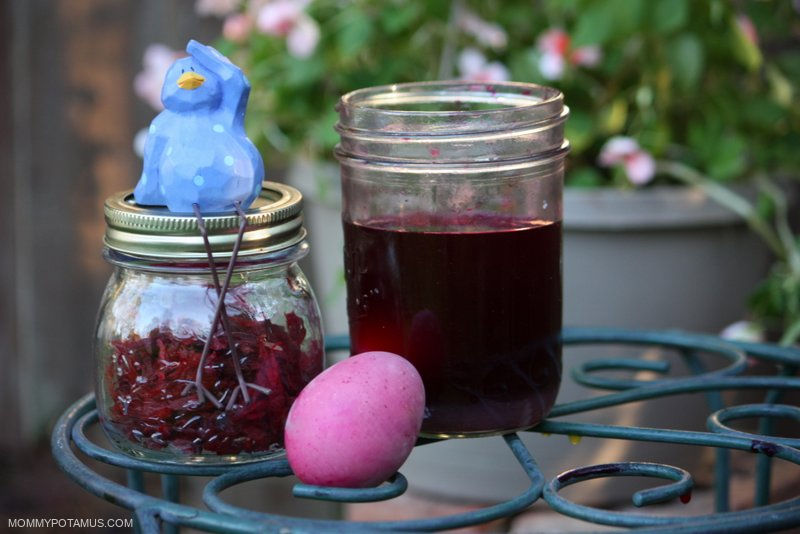
from mommypotamus
 Flexible preparation for your new grade
Flexible preparation for your new grade Everything a Teacher Needs
Everything a Teacher Needs Space speaks. Its language is movement.
Space speaks. Its language is movement. Waldorf Training in Australia
Waldorf Training in Australia Caring for All Stages of Life
Caring for All Stages of Life Quality Education in the Heartland
Quality Education in the Heartland Grade Level Training in Southern California
Grade Level Training in Southern California Train to Teach in Seattle
Train to Teach in Seattle Transforming Voices Worldwide
Transforming Voices Worldwide Grade-specific web courses for teachers
Grade-specific web courses for teachers Immersive Academics and Arts
Immersive Academics and Arts Waldorf Stories for Everyone
Waldorf Stories for Everyone Training in Traumatology & Artistic Therapies
Training in Traumatology & Artistic Therapies Summer Programs - Culminating Class Trips
Summer Programs - Culminating Class Trips Bay Area Teacher Training
Bay Area Teacher Training Waldorf-inspired Homeschool Curriculum
Waldorf-inspired Homeschool Curriculum The Journey is Everything
The Journey is Everything Preparing Teachers for 2024-25 Grades 1-8
Preparing Teachers for 2024-25 Grades 1-8 Full-Time Teacher Education
Full-Time Teacher Education Bringing Love to Learning for a Lifetime
Bringing Love to Learning for a Lifetime Great books for Waldorf Teachers & Families
Great books for Waldorf Teachers & Families Association for a Healing Education
Association for a Healing Education ~ Ensoul Your World With Color ~
~ Ensoul Your World With Color ~ Roadmap to Literacy Books & Courses
Roadmap to Literacy Books & Courses Middle School Science With Roberto Trostli
Middle School Science With Roberto Trostli Jamie York Books, Resources, Workshops
Jamie York Books, Resources, Workshops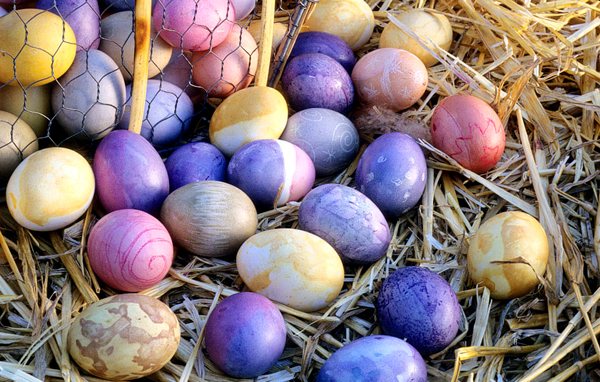
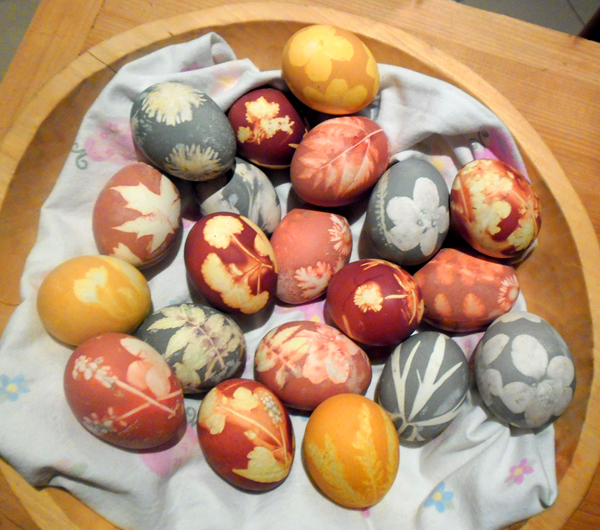
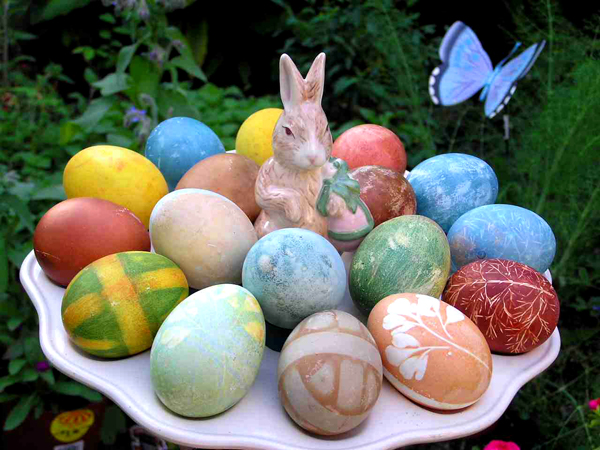
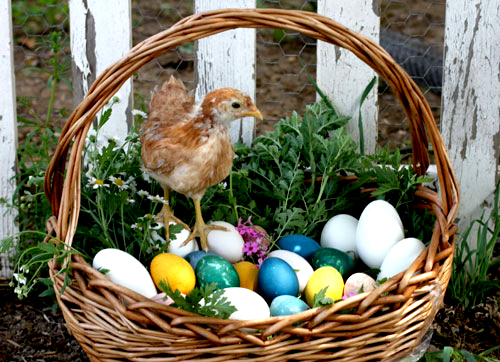
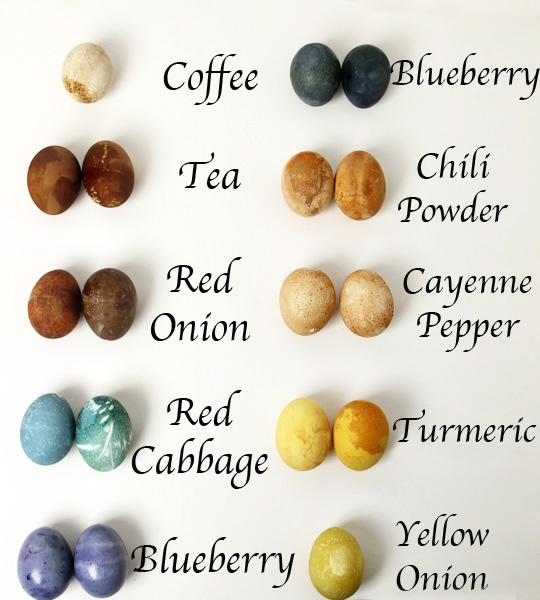
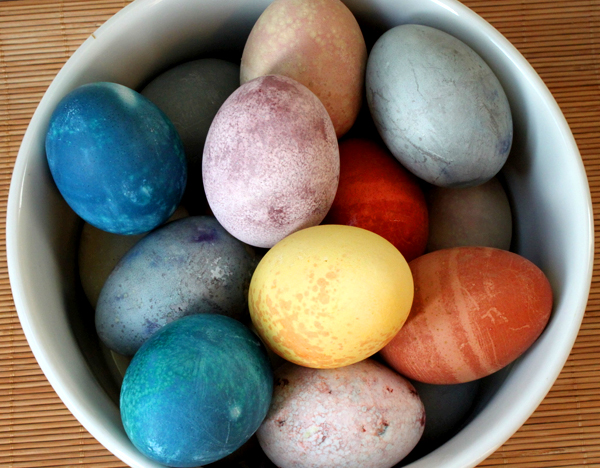
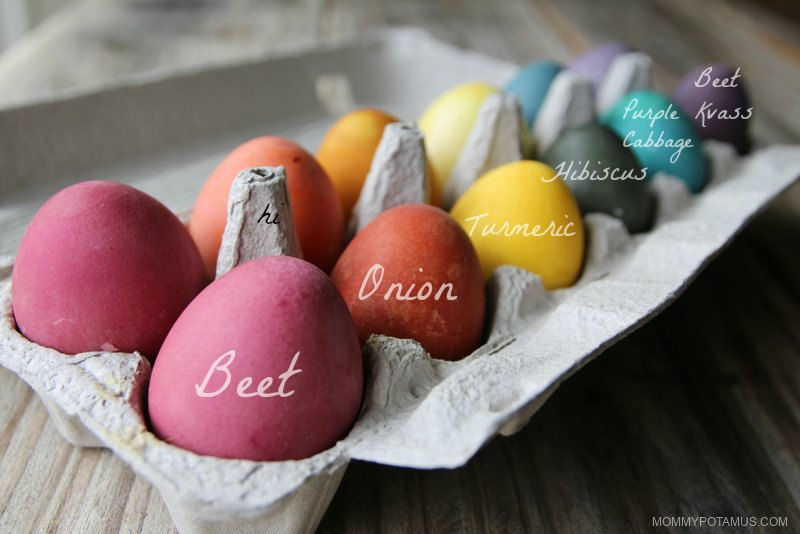
 RSS Feeds
RSS Feeds